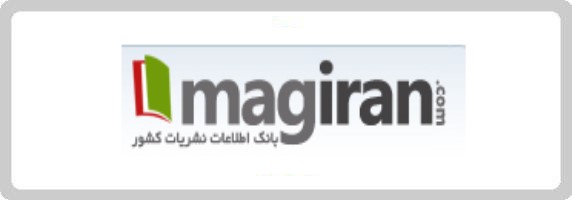Providing a Structural Equation Model for the Professional Development of Physics Teachers in Iraq
Keywords:
professional development, Physics Teachers, IraqAbstract
Purpose: The present study aims to identify the dimensions and indicators of professional development for secondary school physics teachers and to propose an appropriate model for Iraq. Methodology: According to statistics from Iraq’s Ministry of Education, in 2023, the number of physics teachers was reported to be 1,200. Given the population size, the sample size was determined to be 291, and cluster sampling was used to collect data through a quantitative questionnaire. This applied study employed a quantitative research method using structural equation modeling. Additionally, data sources included library materials, documents, electronic sources, and related dissertations and theses, while field data collection was conducted through a questionnaire. To assess the reliability of the questionnaire items, Cronbach’s alpha test was utilized, yielding a Cronbach’s alpha coefficient above 0.7. The reliability and validity of the variables were also confirmed. The analysis of the effect size of the variables (professional development of teachers and the proposed model) was conducted using SmartPLS software. Findings: The research findings indicate that enhancing the professional development of physics teachers in Iraq is feasible through identifying educational needs, implementing advisory programs, organizing specialized workshops, and establishing support networks. Causal conditions (such as educational and financial support), contextual conditions (such as appropriate infrastructure and educational policies), and intervening conditions (such as inter-institutional cooperation and the use of modern technologies) have both direct and indirect impacts on development strategies. The outcomes of these measures include improved education quality, enhanced teaching methods, increased student success, and the creation of engaging and interactive learning environments. Moreover, there is a significant and positive relationship between the variables of "contextual conditions," "causal conditions," "intervening conditions," and "core phenomenon" with "strategies." The influence of causal conditions on the core phenomenon (T=20.757) and the effect of the core phenomenon on strategies (T=15.143) are substantial, whereas the impact of contextual conditions (T=2.519) and intervening conditions (T=33.434) on strategies is lower. These effects highlight the direct and indirect roles of various factors in the selection and implementation of strategies. Conclusion: The professional development of physics teachers in Iraq requires identifying educational needs, financial support, institutional cooperation, and the use of modern technologies, leading to improved education quality and increased student success.










